Paul Greengrass is often forgotten while remembering the great film-makers of 21st Century, and why not when handful of cinephiles know his filmography beyond one of the best action thrillers, Bourne Supremacy and Bourne Ultimatum, and Captain Philips. His avid interest in retelling real life events, specifically concerned with War or terrorism, reflects in his impressive filmography. His films have peculiar characteristics that can form a genre in itself, like signature hand held camera shots, usage of granular textures, intense thrilling scenes done without CGI. Here, we have ranked his films in order of his weaker work to the best work of Paul Greengrass.
7. Jason Bourne [2016]
Jason Bourne as a spy is not a killing machine who does acrobatic stunt mid air and still lands safely, but his vulnerability coupled with apprehension renders the subtle emotional arc that makes him humane and one of the most accessible spies of our time. Matt Damon perfectly assimilates the character and build it on commiseration for his amnesiac condition leaving him with no clue of how he landed up in a convoluted mess. Matt Damon and Paul Greengrass reunite together to align the Bourne’s ‘Legacy’ with the original Bourne trilogy after underwhelming degenerative spin-off ‘Bourne Legacy’. Matt Damon lives in his own skin, physically and metaphorically, no longer showing enough agility to stop getting into harrowing situations We see first glimpse of Bourne in Greece, who wants to stay off the grid, preparing for bare knuckle boxing; and suddenly camera zooms in for fraction of seconds on the back of Bourne showing two bullets scar mark reminiscing of decade old events; now, that was impressive detailing in the film.
6. The Bourne Supremacy [2004]
After the decent Bourne Identity, Paul Greengrass was chosen by the studio to direct the Sequel movies in the Robert Ludlum/Jason Bourne thriller Saga and what he does with it is praiseworthy. Jason Bourne finds an escape in India and is living a life off the hook but things doesn’t stay too good for too long, an assassin is sent to kill Bourne and thus begins Jason Bourne’s run from the agency once again. This doesn’t mean Bourne Supremacy is repeating Bourne Identity in its execution, instead it is sharper and looks more focused than its predecessor and I have to say that I will always be curious about how Greengrass would have made Bourne Identity. Jason Bourne isn’t like Ethan Hunt or James Bond, he isn’t fighting a terrorist or a conspiracy to end the world. He is fighting the blurred images of his past and how those fading memories make him a threat to the agency. I think the master stoke in the Bourne movies is the fact that he is struggling with his Amnesia and even though we understand what’s goin on, the mystery is never totally uncovered. Bourne Supremacy is a smart film that raises the bar for sequels in movies.
5. Green Zone [2010]
GreenZone is one of those daring War films that remarkably attempt to break the shackle of cliche American war films extolling their War heroes, and it does pull it off in the nick of time. Greengrass marries fiction with the fact in such an etch manner that you forgive the dramatic tone of the film. He hones the skill used in Bourne series, gets the nerve-racking sense of immediacy from Bloody Sunday and United 93, and makes an compelling, visceral and entertaining film that will put your grey cells at work to think if War can be done for the sake of money and satisfy the ever-growing and eternal ego of soldiers. To tell this story of idealism toyed with and betrayed, of a superb soldier determined to find out the truth about the weapons, Helgeland’s tightly written script has gone down parallel paths while taking great care not to let either story line overwhelm the other. Greengrass achieves what is rare in war films, moral complexities of the War situation in subtle manner.
4. Captain Philips [2013]
While thematically pretty similar to it’s counterpart, Kapringen by Tobias Lindholm. Paul Greengrass’s Captain Phullips was a captivating, edge of the seat-thriller that was powered by an incredible performance by Tom Hanks. Based on true events, Captain Phillips chronicles what followed when an American cargo ship was taken over by Somali Pirates back in 2009. What makes Captain Philips great is how well Paul Greengrass handles the thrills. Paul Greengrass’s film focuses on the intelligence of Richard Phillips. How he tackled every single situation keeping himself cool and then the sudden outburst of shock and the expressions of almost getting killed by the time the film ends. You can’t help but notice that NO ONE. YES , NO ONE could have done that very last scene in the movie except Tom Hanks. In spite of all the conventions of knowing what will happen, the way Greengrass manages to up the tension level, along with humanizing the Somali Pirates giving them an arc to get through. Captain Phillips also gave as Barkhad Abdi, an incredible talent who plays the main bad guy. Overall, Captain Phillips was one of the smartest, thrilling experience that showed that Greengrass can bring out intense thrills out of anything.
3. United 93 [2006]
The thing with 9/11 is that it leaves a lot of room for dramatisation and unnecessary heroism and when handled by a not so mature filmmaker, it easily ends up becoming a propaganda film, an ‘american’ film. Fortunately, nothing like that happens in Paul Greengrass’ United 93. It’s a film which doesn’t indulge into unnecessary subplots in the name of creative freedom and stays ridiculously true to its subject matter. But apart from its honesty to the subject, details is what makes United 93 a powerful film, one of the best films on the subject. We get to see the minute by minute proceedings of 9/11 in real time through the point of view of United 93 and a few air control rooms and I liked how the film doesn’t distract anywhere from the two point of views. When the first plane hits the World Trade Center, that was the moment United 93 separated itself from every other 9/11 film, I was expecting to see certain scenes from Manhattan, up-close to the location where WTC was standing, people running in chaos and it is a kind of scene where there is some kind of sensation which every 9/11 movie sells shamelessly. Paul Greengrass didn’t do that. United 93 because is brutally honest and at the same time handles with care the fragile emotions 9/11 brings with itself.
2. Bloody Sunday [2002]
Bloody Sunday is one of the most intense, emotionally taxing, and visceral films shot like a powerful docudrama retelling 1972 demonstrations. Bloody Sunday that saw a group of Ireland citizen from Derry set to march in protest of the internment without trial on 30th Jan 1972 and the fact that 27 people were shot, 13 died may not dread you given the terrorist violence going around in today’s time. But this harrowing event has seared into the mind of people as one of the bloodiest day, and thanks to Paul Greengrass linear impassioned narrative treatment that plays out organically to develop the sense of authenticity to it, sacrificing on developing any characters except for James Nesbitt’s Ivan Cooper. Rather than following any specific character to give one dimensional view of the event, Greengrass concentrates on the event as a first person. He captures all the characters in second person, except when they are talking to media, that creates a sense of virtual space for audience to witness the event. Cinematographer Ivan Strasburg uses handheld cameras producing a breathtaking immediacy, that later became integral part of Greengrass’s film narration, and granular texture renders the feel of live coverage. Bloody Sunday, by far, is criminally under-rated gem of Greengrass that requires your immediate attention.
1. The Bourne Ultimatum [2007]
Bourne Ultimatum sets multiple benchmarks (chase scene at Waterloo station, chases scene in car shot with hand held camera, taut screenplay that moves at break-neck speed) that is not easy to achieve in only one film, and it might be difficult for Paul Greengrass to outdo himself, and the film itself looks like an organic extension of Bourne’s lingering emotional scars.. Bourne is still on run and looking for answers to his depth of involvement in CIA, the American government is still hot on his trail. Greengrass is up to his usual tricks with the constant motion provided by the predominantly hand-held camera work. The film is also cut at an absolutely furious pace. Honestly, the editing in this franchise is across the board excellent and I’d love to know just how many cuts there are in this film as I’m sure the number is astronomical.

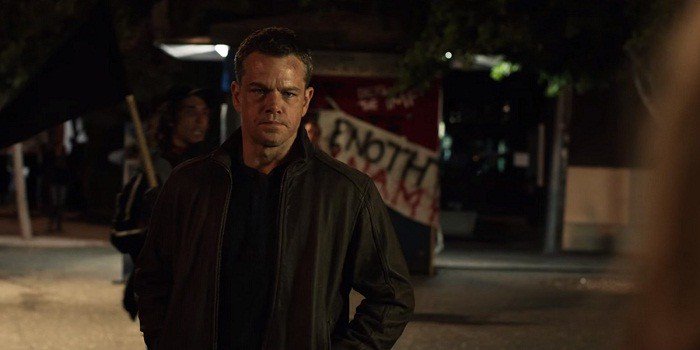
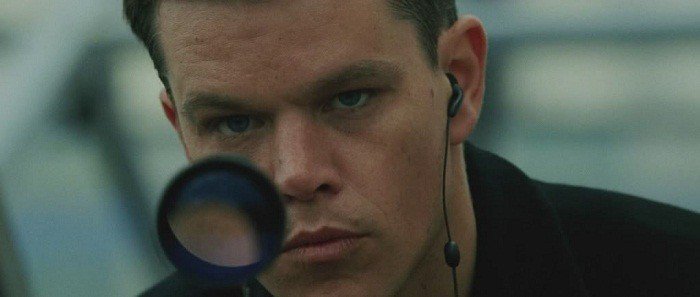
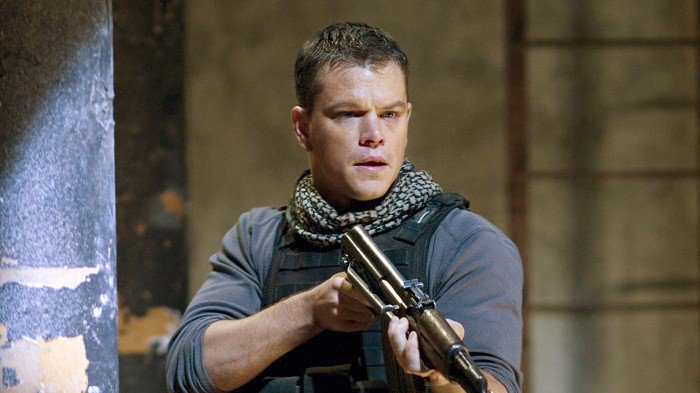
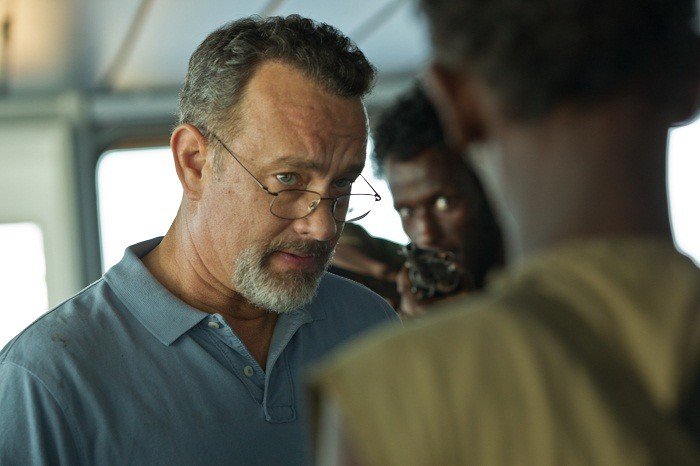

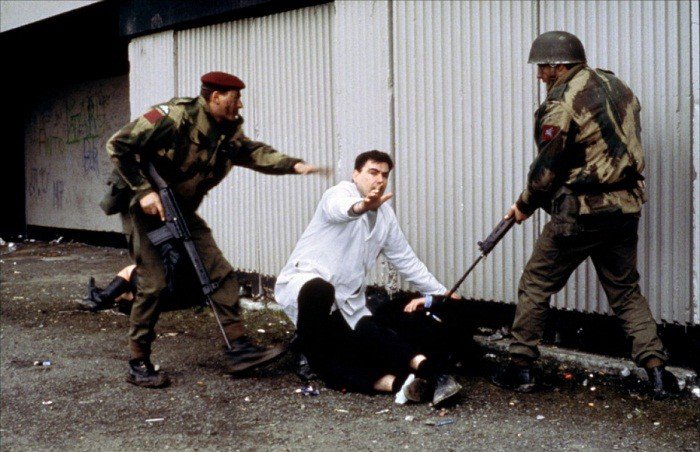
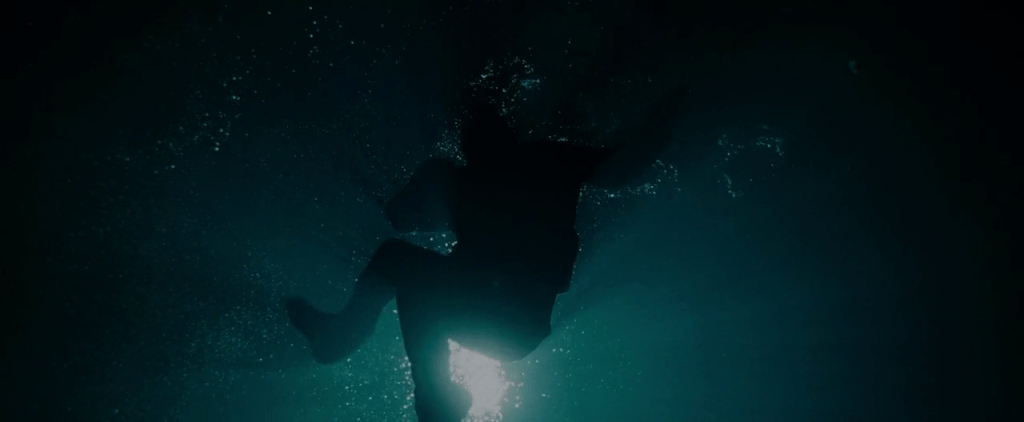

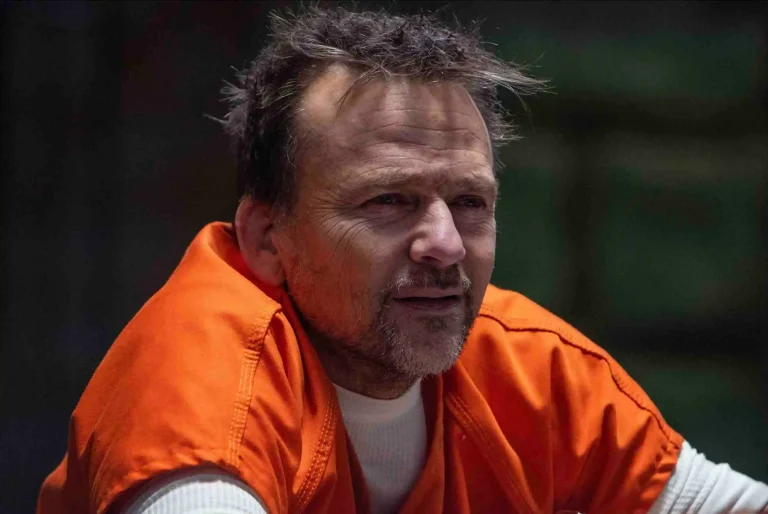



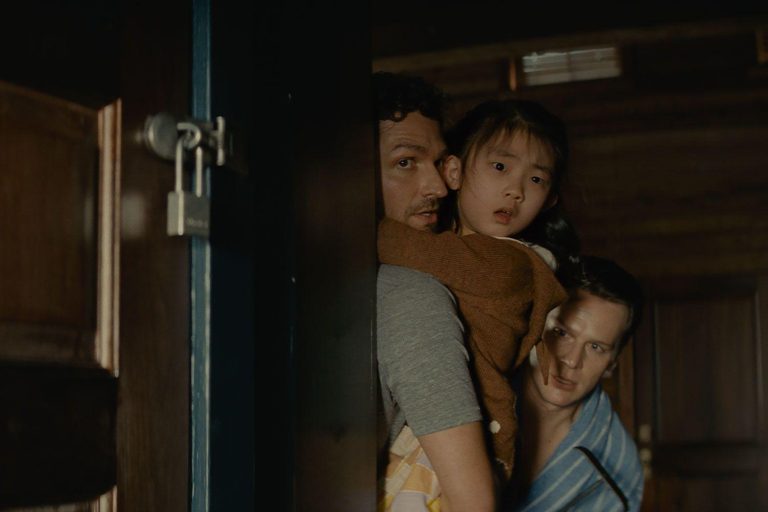

Good list. I’d also have Jason Bourne last, it was very disappointing, though I’d put United 93 before Bourne Ultimatum, it was a very remarkable film and the best from Greengrass so far